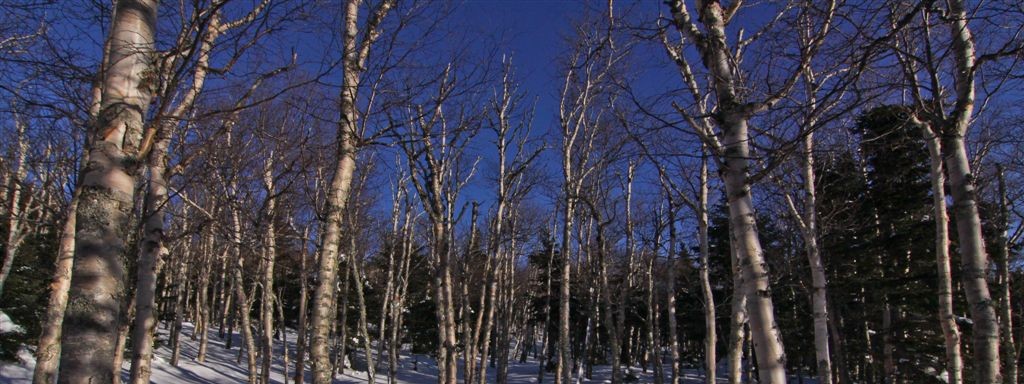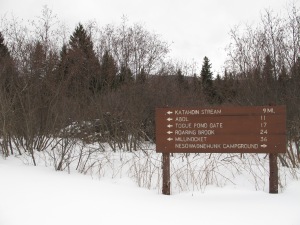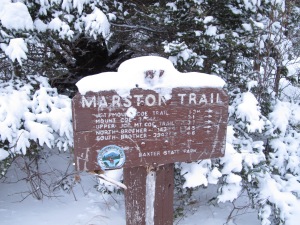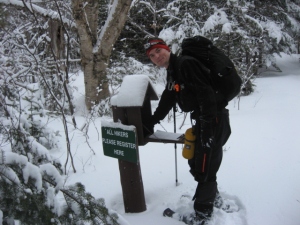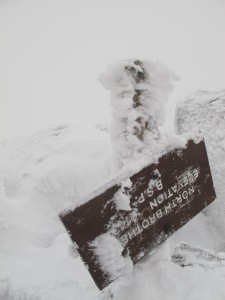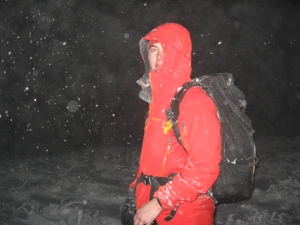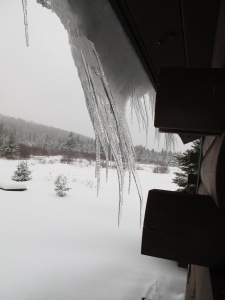Spring is beginning, the snow is melting, and that can only mean one thing; bug season. I’m getting a jump on things by treating my 3 season backpacking gear with a Permethrin based spray.
Permethrin is a synthetic chemical, used by the US military as an insect killer and repellant. It is also effective at killing ticks, including those that carry lyme disease. It is most commonly sold in a liquid, non aresol form. I plan to spray it on my pack, clothing, and shelter to keep the ticks and black flies and mosquitos away. While some may arge DEET is a more effective way to go, I’ve read that the high concentration DEET products can damage the delicate fibers of tents and the like. Most products claim the treatment is good for several weeks, and up to 6 washings. I normally do my best to do a post hike tick check, and to wear long sleeves and pant legs as much as I can stand it. I’m hoping adding this to my defense will make hiking and backpacking even more enjoyable this year! What is your plan to avoid ticks and insects this year?
Obligitory caution (via wikipedia)
Permethrin acts as a neurotoxin, slowing down the nervous system through binding to sodium channels. This action is negatively correlated to temperature, thus, in general, showing more acute effects on cold-blooded animals (insects, fish, frogs…) over warm-blooded animals (mammals and birds):
Permethrin is extremely toxic to fish and aquatic life in general, so extreme care must be taken when using products containing permethrin near water sources.
Permethrin is also highly toxic to cats, and flea and tick-repellent formulas intended and labeled for (the more resistant) dogs may contain permethrin and cause feline permethrin toxicosis in cats.
Very high doses will have tangible neurotoxic effects on mammals and birds, including human beings.
Pesticide grade permethrin is toxic to cats. Many cats die after being given flea treatments intended for dogs, or by contact with dogs having recently been treated with permethrin. Only the less toxic human, pharmaceutical grade Permethrin with well defined impurities and a reduced CIS:TRANS ratio is considered safe for pet use
Permethrin is listed as a “restricted use” substance by the United States Environmental Protection Agency due to its high toxicity to aquatic organisms.
